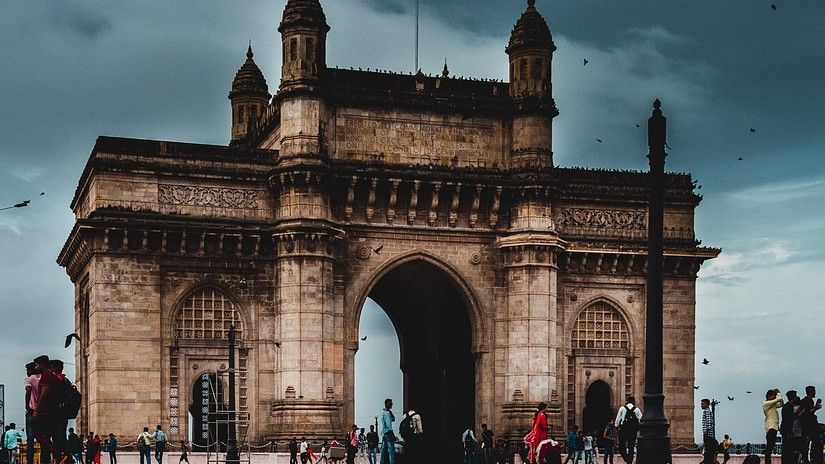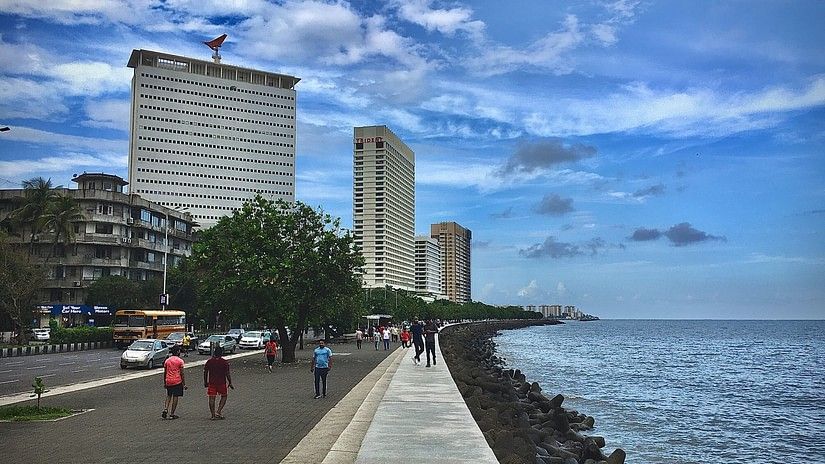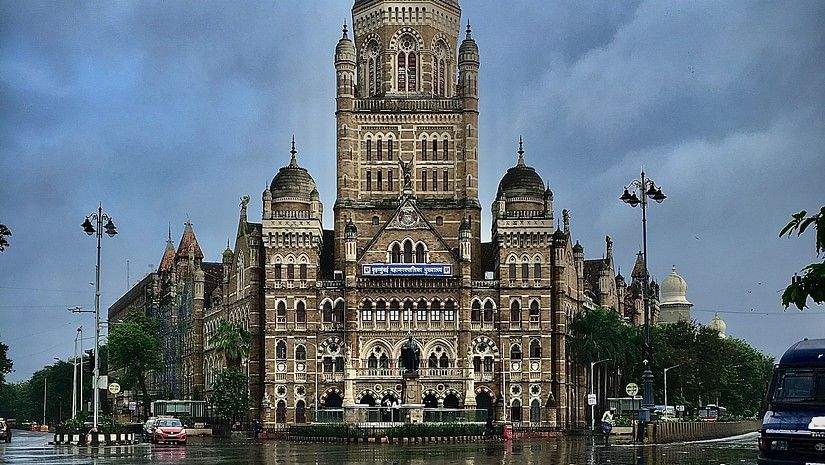- Sea View vs City View Rooms at Ramada Plaza
- Celebrate Festivals in Mumbai
- Mumbai Sightseeing Places
- Staycation in Mumbai for Family
- Family Hotel in Mumbai
- Ganesh Chaturthi in Mumbai
- Offbeat Places to Visit in Mumbai
- Things to do in Monsoon in Mumbai
- Temples in Mumbai
- Street Food in Mumbai
- Best Night Life in Mumbai
- Helicopter Ride in Juhu
- Juhu Beach Activities
- Places to Visit Near Juhu Beach
- Celebrity Houses Near Juhu Beach
- Experiencing Juhu Beach at Night
- Unexplored Hidden Gems in Juhu
- Best Beaches to Visit in Mumbai
- Enjoy a Staycation in Mumbai at Ramada Plaza
- The Best Things to do Near Juhu Beach
- Valentine's Day Celebration in Mumbai
- New Year Celebration in Mumbai
- Top Film Shoot Locations in Mumbai
- Ganesh Chaturthi in Mumbai
- Bombay - The City of Seven Islands
- Things to Do in Mumbai During Summers
- Must-visit Mumbai Festivals and Fairs
- Fun Things to Do in Mumbai With Friends
- New Year Celebrations in the City of Dreams!
- Every Shopper’s Paradise - Mumbai
- Juhu Beach - A Wonderland in Mumbai
- Top 5 Places to Visit in Mumbai
- Enhance Your Stay in Mumbai with Water Sports at Juhu Beach
- The Glowing Beach of Juhu
- A Guide to Street Shopping in Mumbai
- Exploring Bandra Street Art
- Best Places in Mumbai for Couples
- Monsoon Retreat in Mumbai
Mumbai, or as it was known until 1995, Bombay, wasn’t always the twinkling, bright and colourful ‘City of Dreams’. It took decades of work to transform it into the Mumbai that we know today. This rich, multicultural city of seven islands was nothing more than a swamp area before the British arrived. The islands were part of the dowry offered by the royal house of Portugal when Catherine of Braganza married King Charles II of England in 1662. The seven islands of Mumbai are: Isle of Bombay, Mazagaon, Parel, Worli, Mahim, Little Colaba or the Old Woman's Island, and Colaba.
Once in the hands of the British Crown, the islands were transferred to the East India Company. The Crown, oblivious to the value and potential of Bombay, eagerly rid themselves of the islands by leasing them out for 10 pounds per annum. The Company, seeing great economic and political promise in the islands, decided to develop the area as a natural sea harbour. This port could be used at any time of the year to communicate with British factories on the Malabar Coast, the Maluku Islands(in present-day Indonesia), and Persia. In 1671, a plan was set in motion to develop Bombay by fortifying the islands, building docks and developing institutions for its civic needs. The plan was completed in 1838 when all seven islands were finally unified. It took that long because the water had to be drained and the area had to be filled in with soil to be reclaimed. Now that you know why Mumbai is called “city of seven islands”, here are a few places on each island that are worth a visit.
Once in the hands of the British Crown, the islands were transferred to the East India Company. The Crown, oblivious to the value and potential of Bombay, eagerly rid themselves of the islands by leasing them out for 10 pounds per annum. The Company, seeing great economic and political promise in the islands, decided to develop the area as a natural sea harbour. This port could be used at any time of the year to communicate with British factories on the Malabar Coast, the Maluku Islands(in present-day Indonesia), and Persia. In 1671, a plan was set in motion to develop Bombay by fortifying the islands, building docks and developing institutions for its civic needs. The plan was completed in 1838 when all seven islands were finally unified. It took that long because the water had to be drained and the area had to be filled in with soil to be reclaimed. Now that you know why Mumbai is called “city of seven islands”, here are a few places on each island that are worth a visit.


Isle of Bombay
Stretching between Malabar Hills to Dongri, Isle of Bombay is home to old boutique stores and landmarks like Walkeshwar Temple and the hanging gardens.
Colaba and Little Colaba, or Old Woman’s Island
Colaba is dotted with charms of its colonial past. The stark contrast of the residents carrying out their modern trades from the comfort of colonial architecture is sure to make anybody look twice. While here, visit Gateway of India, walk down the streets lined with old boutiques and cafes, marvel at Taj Hotel and other stunning examples of British architecture, and be sure to pay a visit to the market on Colaba Causeway. Sample the wares of street sellers - they’re perfect for shopping aficionados on the hunt for factory seconds of brands like H&M, Old Navy, Gap, etc.


Mazagaon
Previously known as Matsya Gram, it used to be a fishing village. Now Mazagaon serves as one of the harbour ports of the city and houses Our Lady of the Rosary Church, the mausoleum of Aga Khan I, and the only Chinese temple in the city.
Worli
Ride through the engineering wonder that is the Bandra-Worli sea link and get a window seat to Mumbai’s majestic coast. The half-hour ride is worth it solely for the views and the breeze. Marvel at the uninterrupted sight of the cloudy sky and the blue expanse of water.


Parel
Parel is now a residential hub. Its historic textile mills are slowly being replaced by office complexes. The few mills that still remain offer a glimpse into the past and are well worth a visit. Other places of note include the Lalbaugcha Raja Ganpati Temple and the spice market.
Mahim
Places of note in Mahim include Mahim Causeway, St. Michael’s Church and the domed Makhdoom Ali Mahimi shrine. Constructed in 1846, Mahim Causeway connects Mahim and the rest of South Mumbai to the northern and western parts of the city.
Enjoy reinvigorating baths in our electronic jacuzzis or relax in our massage chairs while you take in the views of the city and the sea from our Deluxe Suites. Settle into the luxury and comfort we offer at Ramada Plaza Palm Grove.